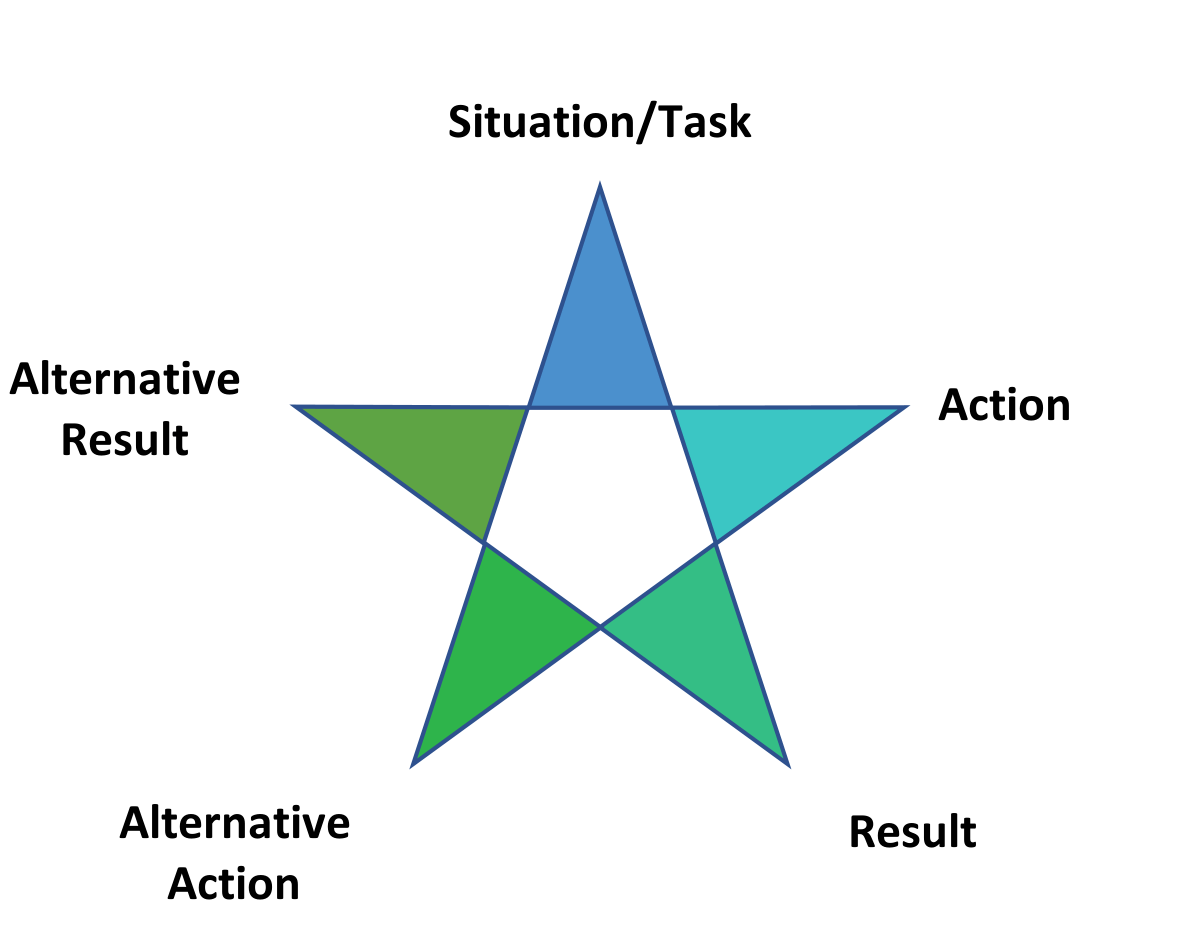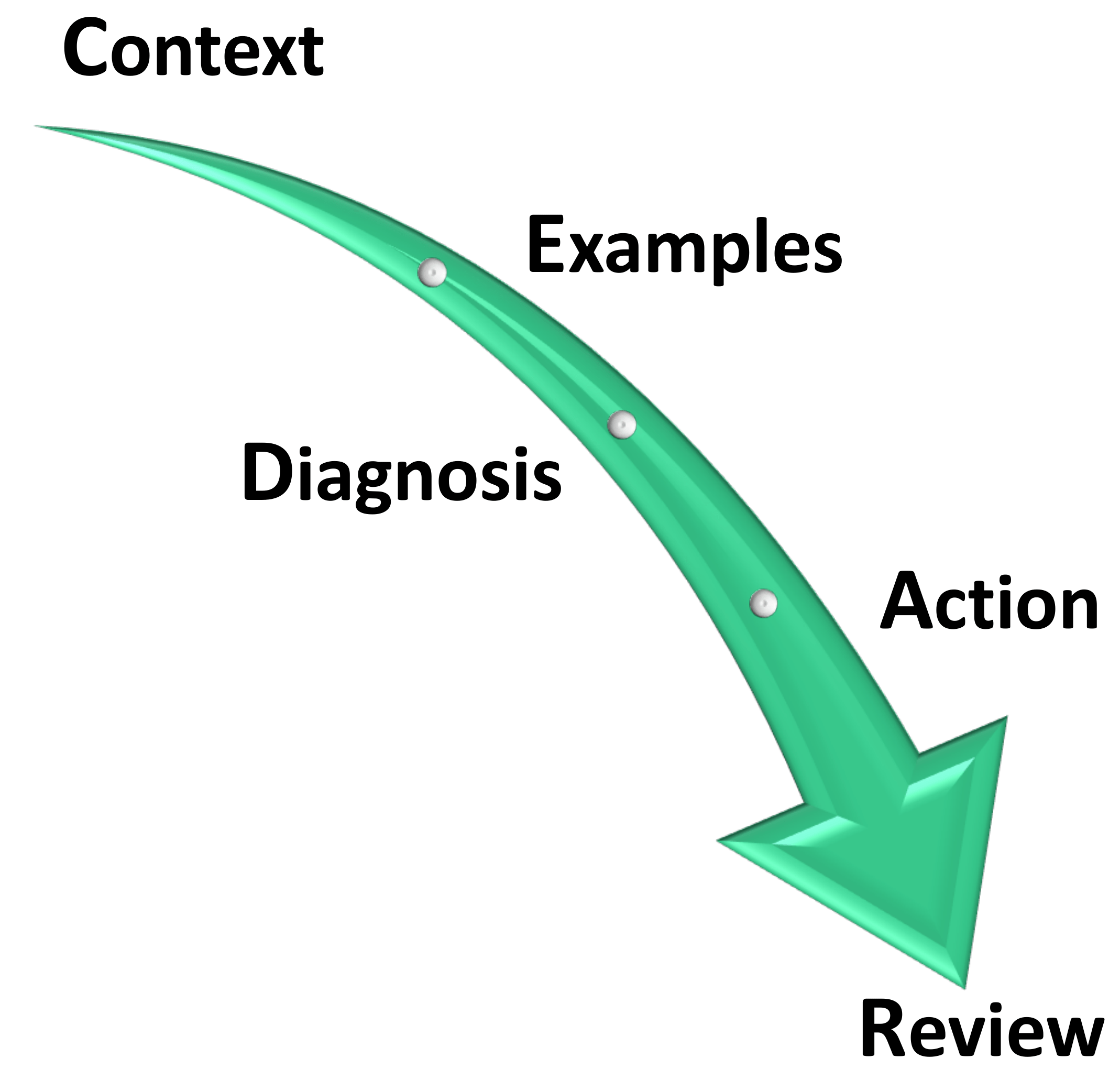Delivering Feedback
Why is Feedback Needed?
Feedback is an effective skill in any individual’s toolkit. It provides lasting effects on heightening self-awareness, improving teamwork, creating better relationships and changing behaviour. Effective feedback enables individuals to identify areas of strength and weakness thereby promoting the need for personal development. Performance can be improved when feedback is used in combination with associated goals. Take a moment to consider these questions:
- Can you remember times in your career when you had helpful feedback? What made it particularly helpful?
- How do you structure feedback conservations with your colleagues? What things do you say?
- How often do you give feedback?
What is Effective Feedback
Feedback can be classified as positive or constructive (negative). However, it is effective feedback that drives growth and improvement. So, what exactly is effective feedback? Effective feedback should fulfil three criteria:
- The recipient must understand it.
- The recipient must be able to accept it.
- The recipient must be able to do something about it.
Effective Feedback: The general principle is that effective feedback should focus on behaviours and actions. It should be delivered frequently and provide specific examples with actionable outcomes. The content alone is not enough. Feedback is best when delivered by someone with strong communication skills, empathy and from a position of trust. It also necessary to establish two-way communication where the receiver is open to feedback and happy to collaborate in discussions.
Ineffective Feedback: These qualities contrast with ineffective feedback. Ineffective feedback is often unprepared and is characterised as vague, rambling, laced with ultimatums and only negative in nature.
Traits of Effective Feedback:
Prepared
Positive Intent
Non-Judgemental (Descriptive)
- Prepared
- Take a moment to prepare your thoughts on the feedback you will deliver. This helps you stay on track and stick to the important issues. Find a quiet place where you won’t be interrupted, and the recipient isn’t preoccupied. Provide time for discussion.
- Positive Intent
- What is your motive? The intention of feedback is to be beneficial for both parties, but it may not always come across like this. Begin by clarifying your intention.
- Non-Judgemental (Descriptive)
- Talk about what you actually saw or heard and describe the impact these actions had.
Specific
Open with a Positive
Constructive
- Specific
- Be clear about which behaviour you are referring to and provide evidence for your comments (stick to the facts). Tell them exactly what needs to improve.
- Open with a Positive
- We are more likely to hear a constructive comment if a strength is identified first. The recipient is put at ease and is more likely to act if they believe strengths as well as limitations have been identified.
- Constructive
- Constructive feedback can be either positive or negative. It always provides information, offers options or encourages development.
Prioritise
Feedback on Areas the Receiver can do Something About
Own the feedback
- Prioritise
- Limit your focus and only discuss one or two issues. It is difficult for most of us to receive feedback, let alone deal with too many issues however well intentioned. Prioritise the issues you think will provide the most benefit.
- Feedback on Areas the Receiver can do Something About
- Stick to behaviours that can actually be influenced or changed. Try not to criticise or comment on things over which the receiver has no control.
- Own the feedback
- The feedback you give is your perspective, and the receiver needs to understand that. Don’t use generalisations, give feedback you cannot personally own or discuss something have not actually observed. Use phrases such as “I thought…”.
Clarify
Collaborate
Timely
Regular
- Clarify
- Give the receiver the opportunity to clarify any misunderstandings or misinterpretations. It can be useful to get them to summarise the key points.
- Collaborate
- Find out what their view is and get them to offer suggestions for improvement. Create goals and make plans to monitor progress. Doing this will help them own the solution.
- Timely
- Feedback should be given closer to the event as it will be more expected. The only exception is in emotionally charged events where it is best delayed to allow individuals to calm down first.
- Regular
- Feedback should not just be given when there is a problem. Informal and simple feedback (both positive and constructive) should be given regularly. Nothing said in a formal session should be unexpected or difficult.
Models of Feedback
There is no correct way of delivering feedback and several different models have been proposed to help deliver effective feedback. Explore the different models below, try them out and figure out which one(s) work best for you.
Situation-Behaviour-Impact
This model is based around facts and aims to help recipients understand the effects of their actions. The model is succinct and removes emotions from the process while delivering precise, clear and specific feedback. When applied correctly, it helps recipients to reflect on their behaviour leading to improvements in performance. It can be used to deliver effective on-the-spot feedback and is created from three components.

Situation
Describe the situation in which the behaviour occurred. Be specific about the context (i.e. when and where).
Behaviour
Describe the observable behaviour you have seen and want to address. Do not attempt to describe motivations as you do not know what the other person was thinking. Remain non-judgemental and do not make assumptions.
Impact
Describe what you thought was the impact of the behaviour on you, your team and the organisation. This is a subjective statement.
It is important to emphasise the need to find positive solutions and avoid the blame game. You may find adding an additional “I” to make “SBI-I” will help you understand the reasoning behind observed actions. Finally, it is important to encourage reflection on the feedback you have delivered. See our article on reflection.
Intent
Create a two-way discussion and uncover why the recipient behaved as they did. This enables recipients to open up about any challenges they face and helps address any false assumptions you may hold. It helps uncover reasons for behaviours that you may not have been aware of or incorrectly understood.
Pendleton Model
The Pendleton approach to feedback was first established in 1984. It is based upon four steps in which the recipient is forced to contemplate their behaviour before feedback is given. Recipients begin the two-way conversation and guide the feedback process as they start to explore their desired and undesired behaviours. Reflection occurs during the feedback process, rather than after it. The four steps are supplemented by an introduction and a summary. This process is not without disadvantages; the Pendleton Model is time consuming and the recipient may not honestly assess their behaviours for fear of being dragged into a conversation about them. The model is detailed below:
Introductions
Action Plan
Summary
STAR Model
The STAR model is often used when performing behavioural interviewing, but it can also be used as a method for delivering feedback. The model is best used when giving back feedback on specific situations. It breaks the process down into five steps:

Situation/Task
What were they doing? What should they have been doing? Describe the particular situation to provide context. Be specific.
Action
What did they do? Note the action that was performed. Was it a positive or negative action? Why?
Result
What was the outcome? Specify the direct result of their action.
If the action was negative, you can include two further steps and turn the mistakes into positive learning lessons:
Alternative Action
What could they have done differently instead?
Alternative Result
What could have been achieved instead?
CEDAR Model
Developed by Anna Wildman in 2003, the CEDAR model breaks feedback down into five core areas.

Context
Examples
Diagnosis
Action
Review